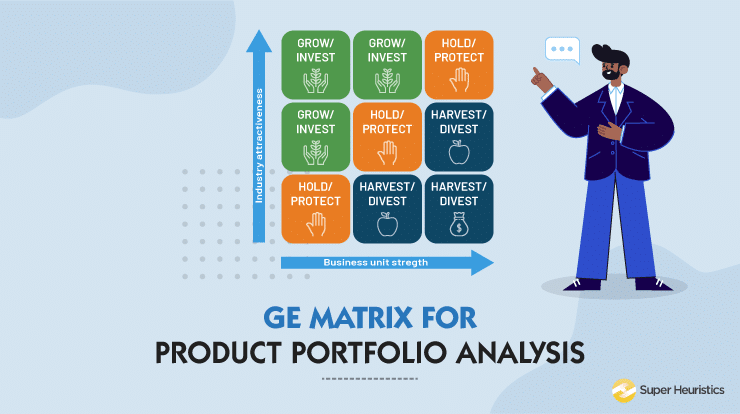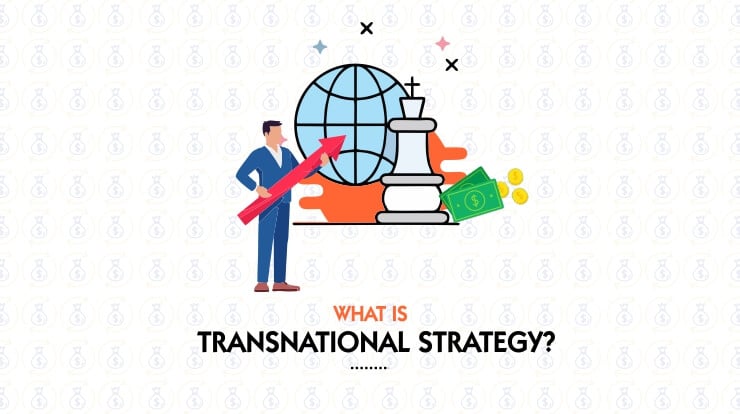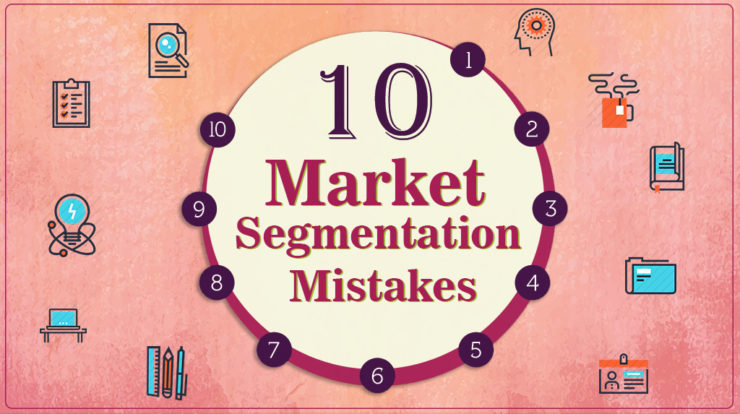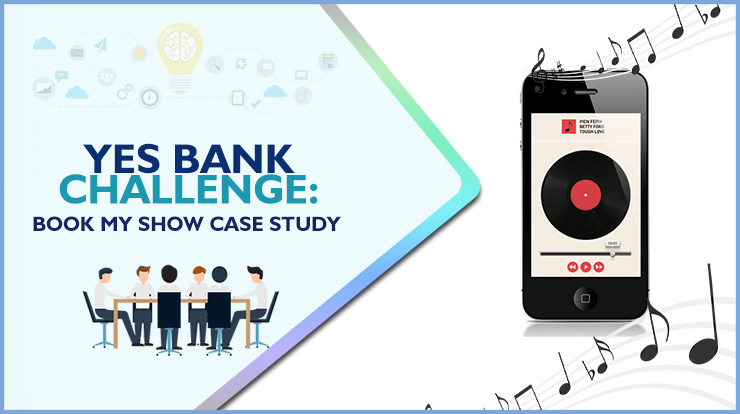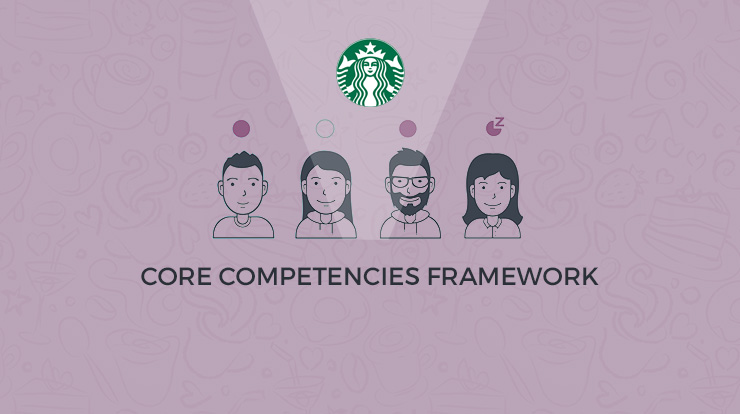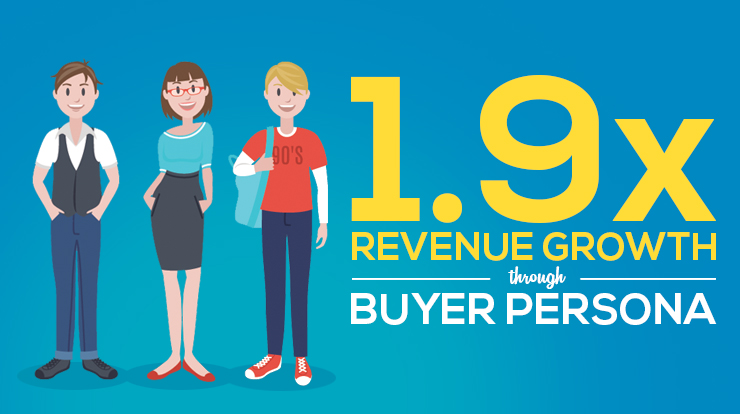
Enough cannot be said about the importance of a business to be customer centric. In businesses with large product portfolios, a general sense of being product centric prevails which often impedes their ability to think from the customers point of view. This is unfortunate as theoretically businesses with a large and diverse product portfolio can best complement the variability in the consumer demand. What is required is a careful analysis of who the consumer is, what he wants (segmentation) and based on this intelligence come up with broad generalizations about your different types of consumers (personas).
This case study presents a classic example of how a successful implementation of segmentation based on buyer persona can give a fillip to the sales and all the metrics associated with it.
Summary
Advanced Learning (AL) is an edu-corporate that focuses on multiple segments of education across age-groups. Led by IIT-IIM alumni, the brand, through its test-prep vertical, has enabled individuals to realize their potentials in various competitive exams. For its law test prep website, AL classified its leads into three broad segments and developed three different personas. This helped AL reduce the sales conversion time, number of web sessions per lead and increase the customer engagement and the number of leads generated.
Situational Analysis
Market Summary
The test prep business constituted 47.91% of AL’s consolidated revenues in the first two quarters of fiscal 2015. During the same time, online enrolments through AL’s websites accounted for about 22% of the total enrolments. With the digital education industry estimated at ₹24.3 billion in 2015 (growing then at a CAGR of 33%), this came across as a great opportunity for AL to intensify its pursuits in its online test prep business.
Critical Issues
AL had a dedicated sales calling team in place that pitched products to all the leads they received on its website. Out of the bouquet of all the law test prep products that AL had, a tele-caller pitched a product to the potential consumer without prior knowledge of the consumer’s need or background. This lead to low sales and disappointments, arising from a mismatch between what was delivered and what he/she was expecting out of AL’s product, for the consumers who did make a purchase.
Marketing Strategy
The critical issues called for a progressive marketing strategy and a process redesign in order to segment a large set of unknown leads in to smaller sets of known leads.
Marketing Objectives
The marketers at AL set forth four objectives/hypothesis before themselves. Out of them, three hypotheses were that segmentation and persona implementation will lead to:
An increase in – (i) customer engagement and (ii) the number of leads, along with a decrease in – (iii) sales conversion time
Marketing Tactics
The assumption that all the leads are same and are required to be treated with the same and equal urgency and importance was definitely problematic in the B2C model like AL’s.
Segmentation & Persona Identification
Based on the traffic data generated from Google Analytics and AL’s empirical knowledge of its audience, the heuristics, AL segmented its audience into three mutually disjoint sets. From these sets, it came up with three personas namely Fresher, Explorer and Repeater.
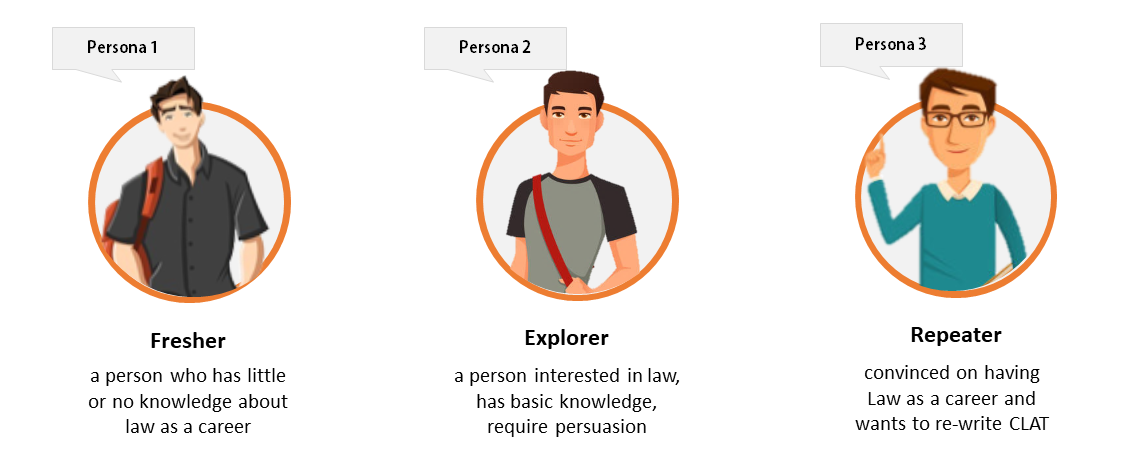
Classification of Leads based on Personas
The homepage of AL’s Law website was re-designed based on the above three personas. Content of the website was redone based on personas to provide enhanced user experience. For example, the Fresher who was believed to have no idea about any Law entrance exam was offered a ‘Law Beginner’s Guide’ as a lead-gen hook.
Analysis and Results
Marketing Results
Due to improved design, the website visitors gained clarity on the area of the website most interested to him/her. As a result, the number of leads generated in 2016 was significantly higher than in 2015. The following graphs gives the No. of Leads Generated Comparison.
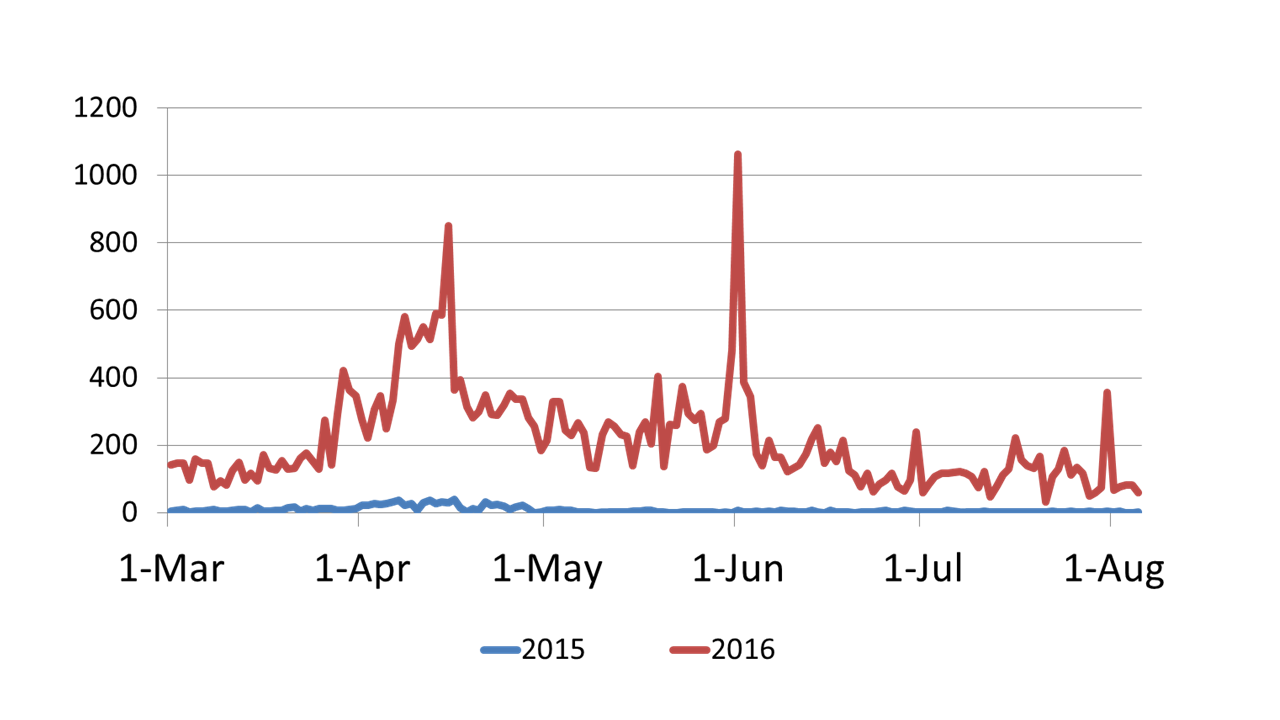
This validated AL’s hypotheses (i) and (ii). This exercise also had a positive impact on lead conversion time. On an average it took the sales team 22 days to convert a lead in 2016 as opposed to 56 days it took us to do the same without personas, depicted in the Lead Time Conversion Comparison char.
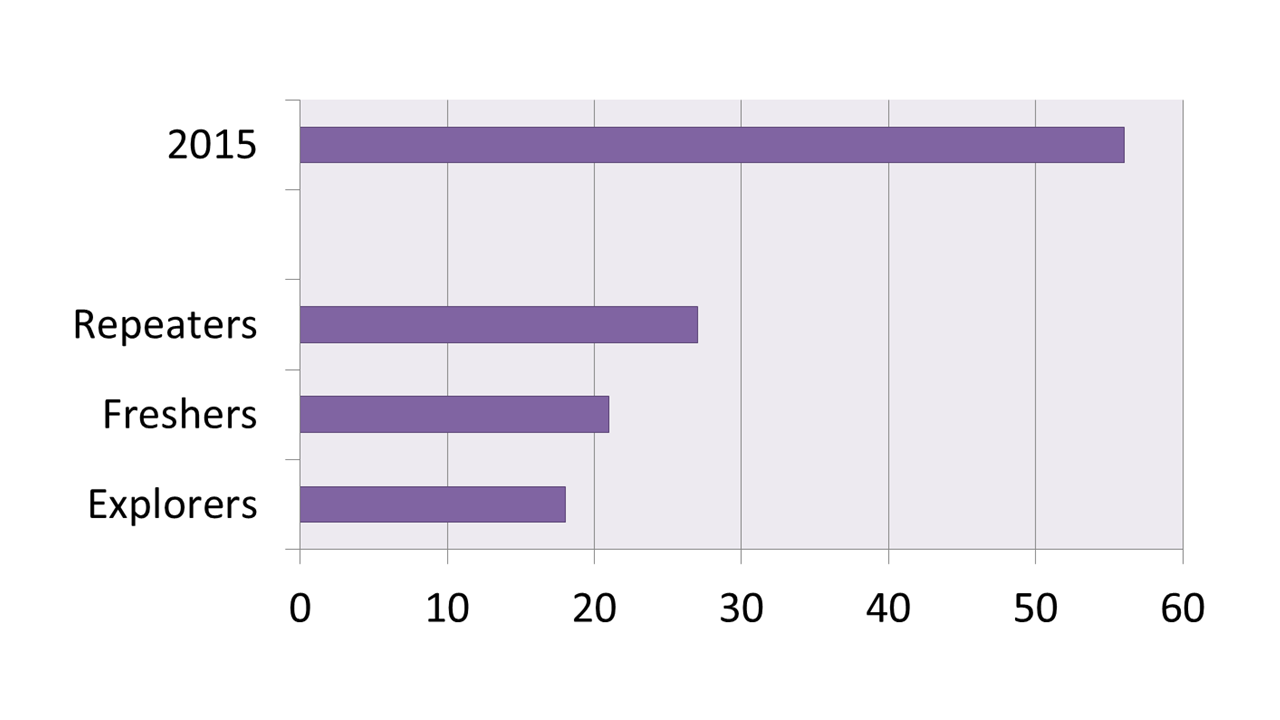
This validated the hypothesis (iii).
Financial Results
The segmentation and persona implementation also resulted in 154.61% increase in unique visitors from 2015, 150 leads per day as opposed to 14 leads per day in 2015 and a whopping 196% growth in revenues from the web.
Conclusion
The segmentation and persona implementation pursuits streamlined the process of identifying known characteristics from the previously unknown web traffic. This created specific sets of leads pool for B2C scenario, which are analogous in nature to the B2B sales scenario, i.e., smaller and more targeted leads similar to the having small number of potential customers.
Bibliography
[1] Limited, C. E. (2016). AL Educate DRHP. Retrieved from Investment Bank, Kotak: http://www.investmentbank.kotak.com/downloads/AL-educate-limited-DRHP.pdf [2] Bradford, W. R. (2016, May 1). Antecedents of Sales Lead Perofrmance: Improving Conversion Yield and CyALe Time in a Business-to-Business Opportunity Pipeline. ScholarWorks @ Georgia State University, p. 4. [3] Paliwal, A., Saxena, D., Bhattacharyya, S., & Herald, S. (2016). Creating Efficient B2C Sales Funnel in Education Sector Using Personas. MARCON 2016 Proceedings. Indian Institute of Management Calcutta, India

